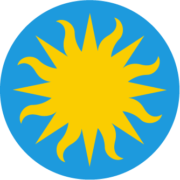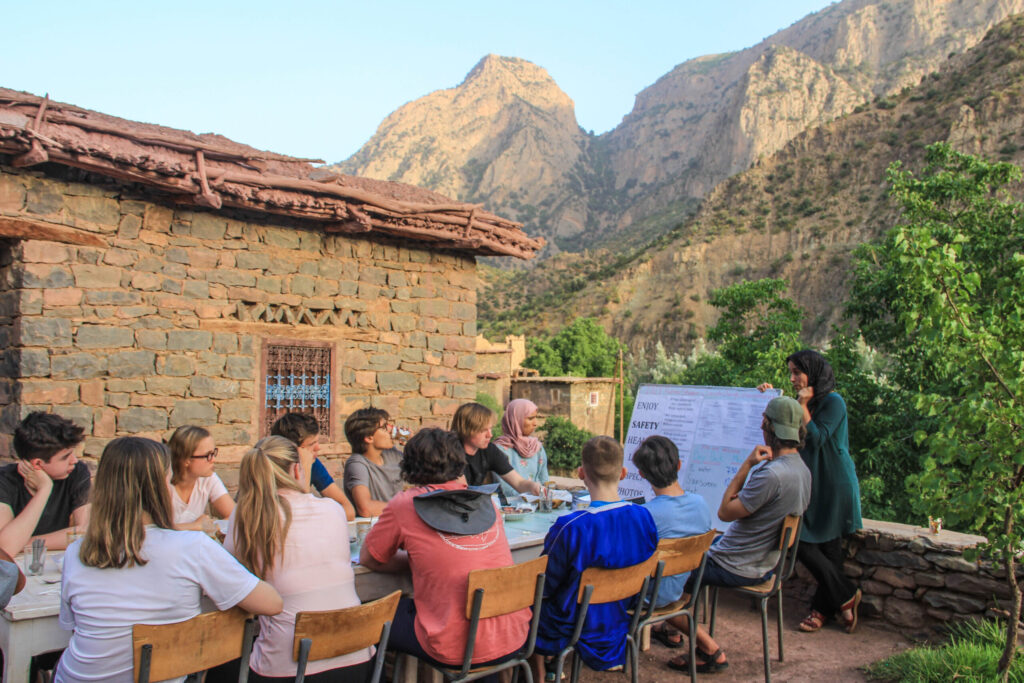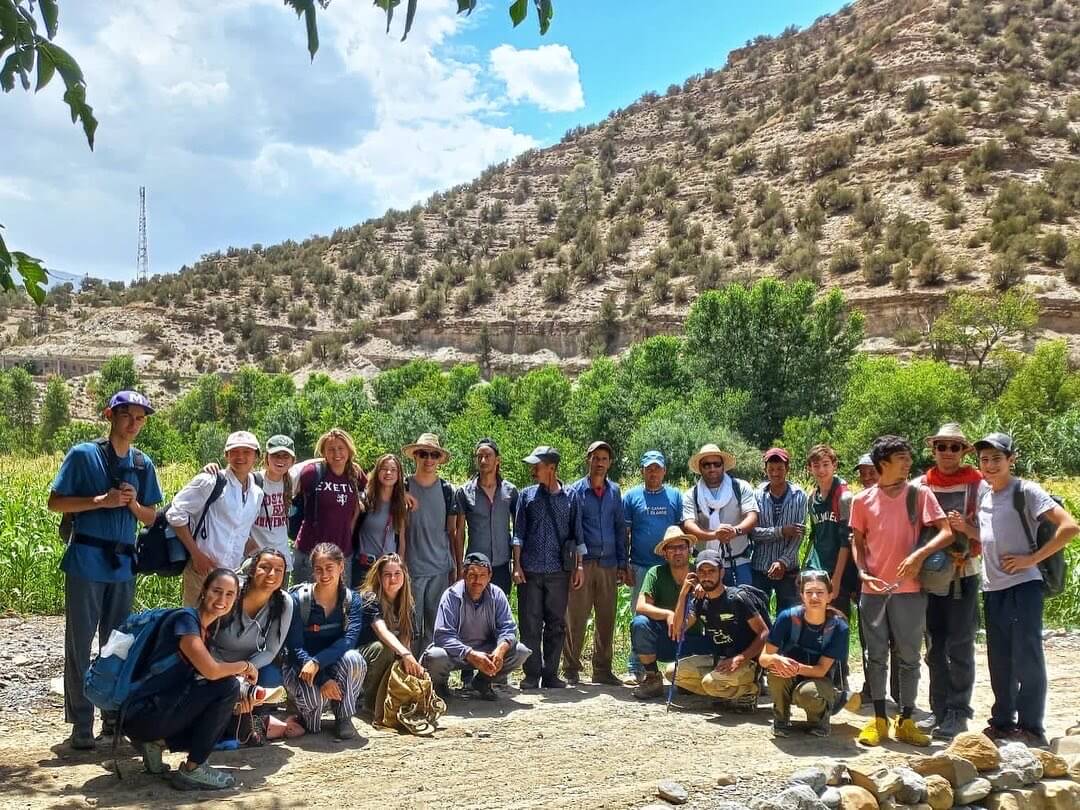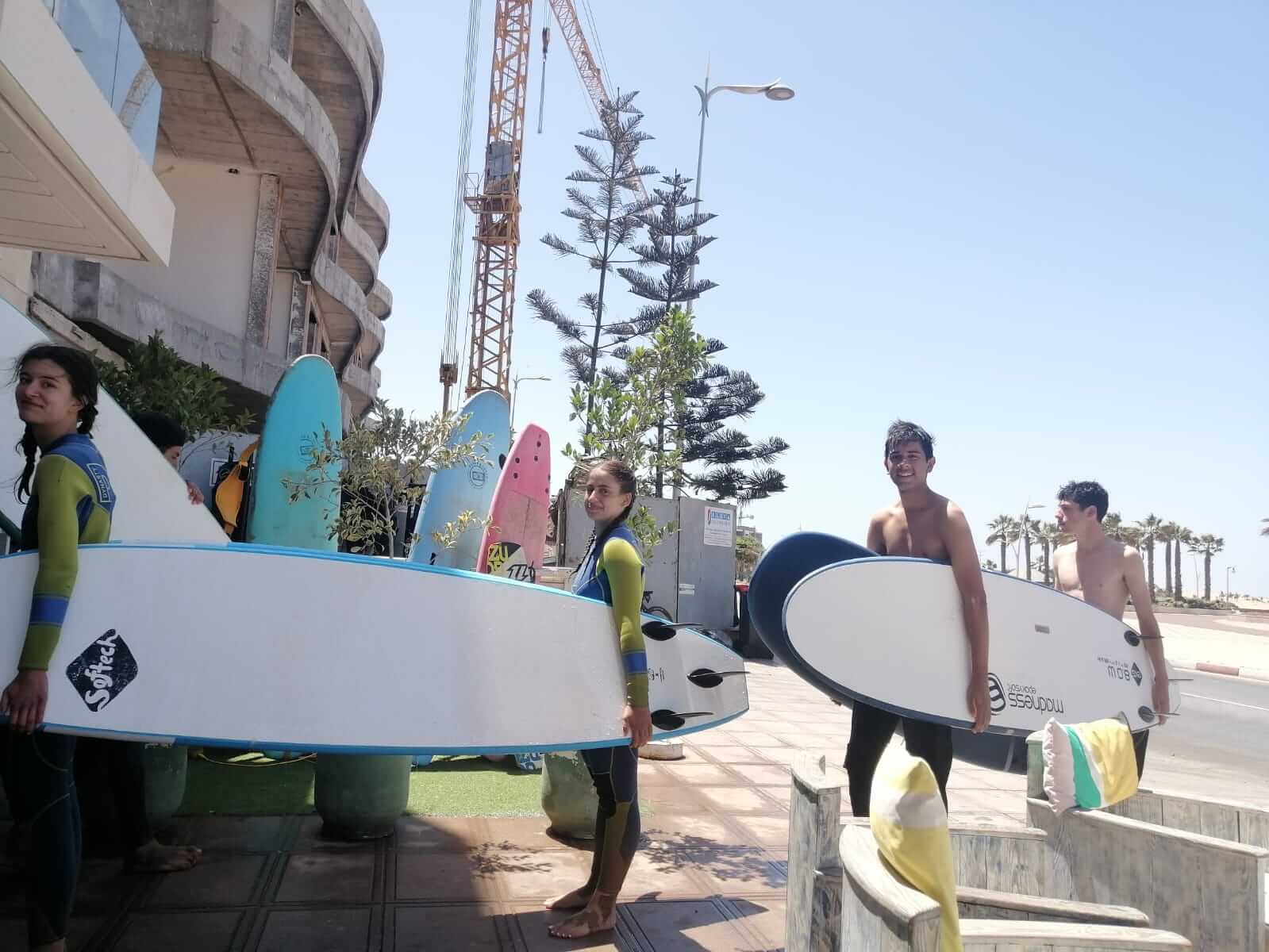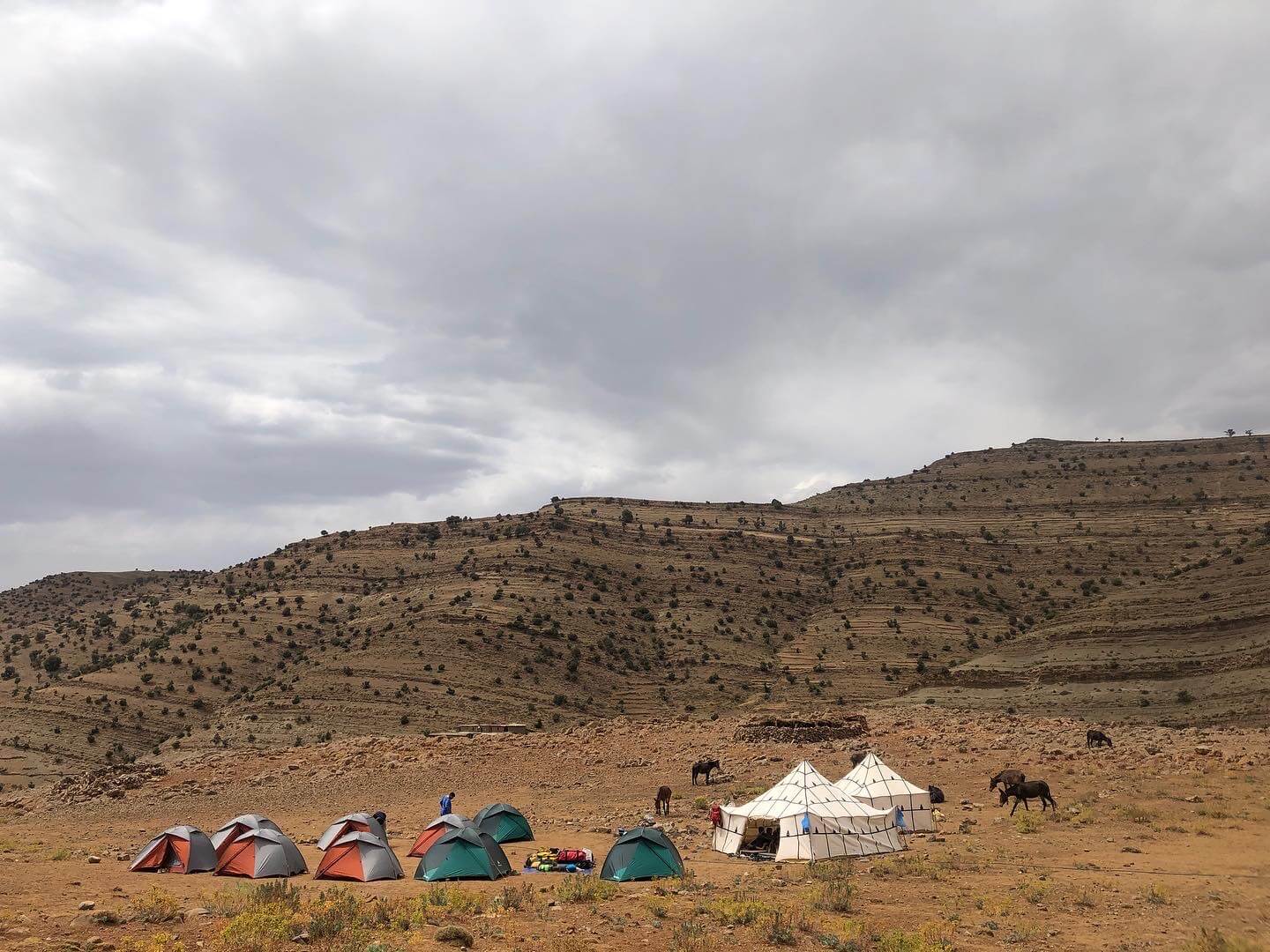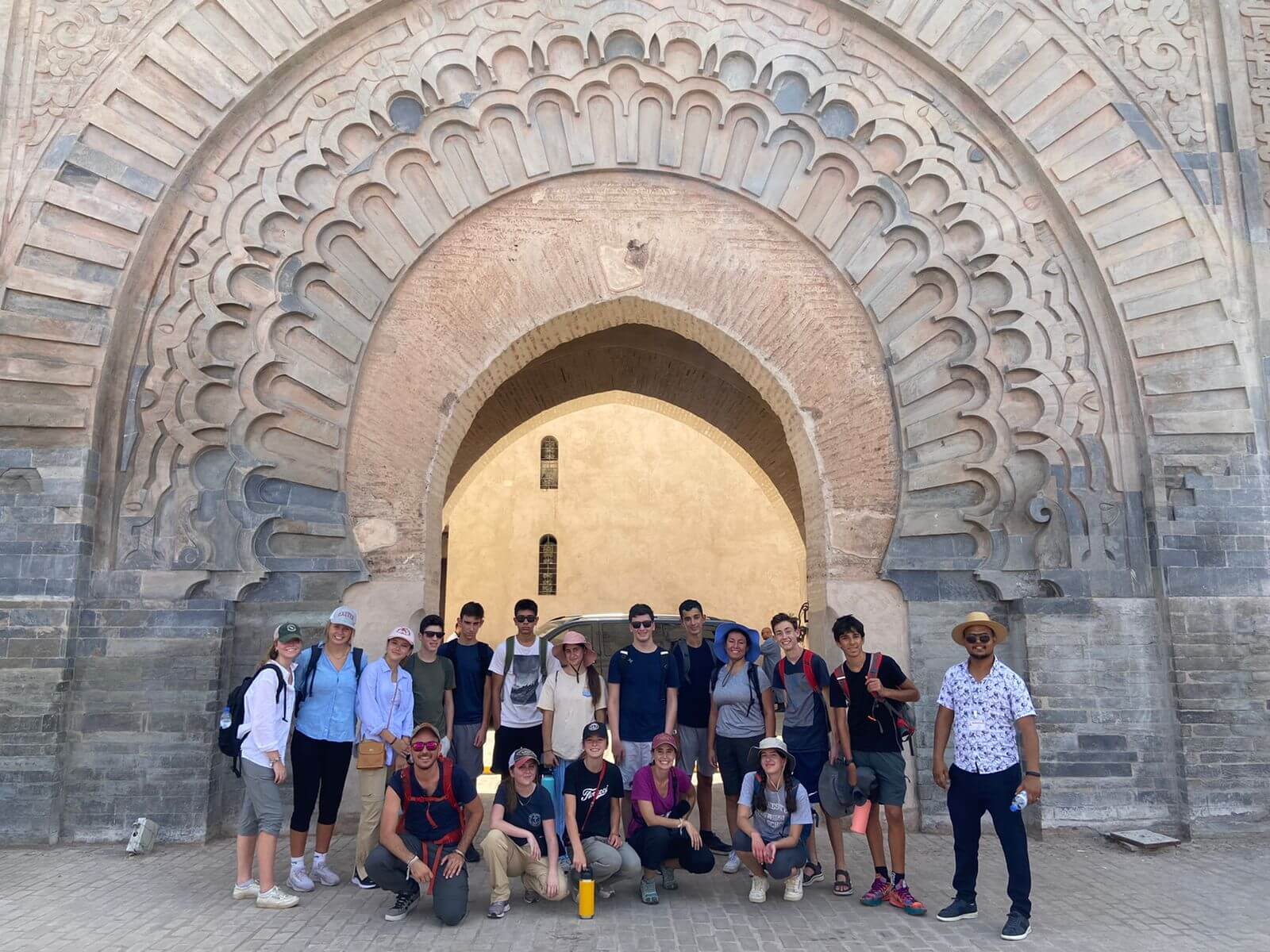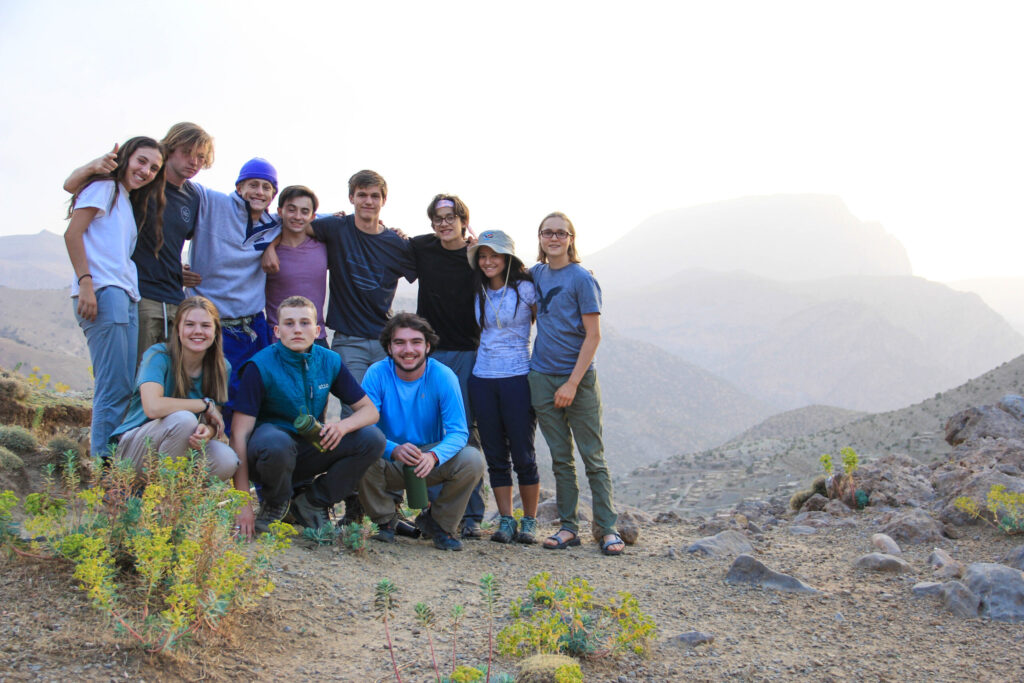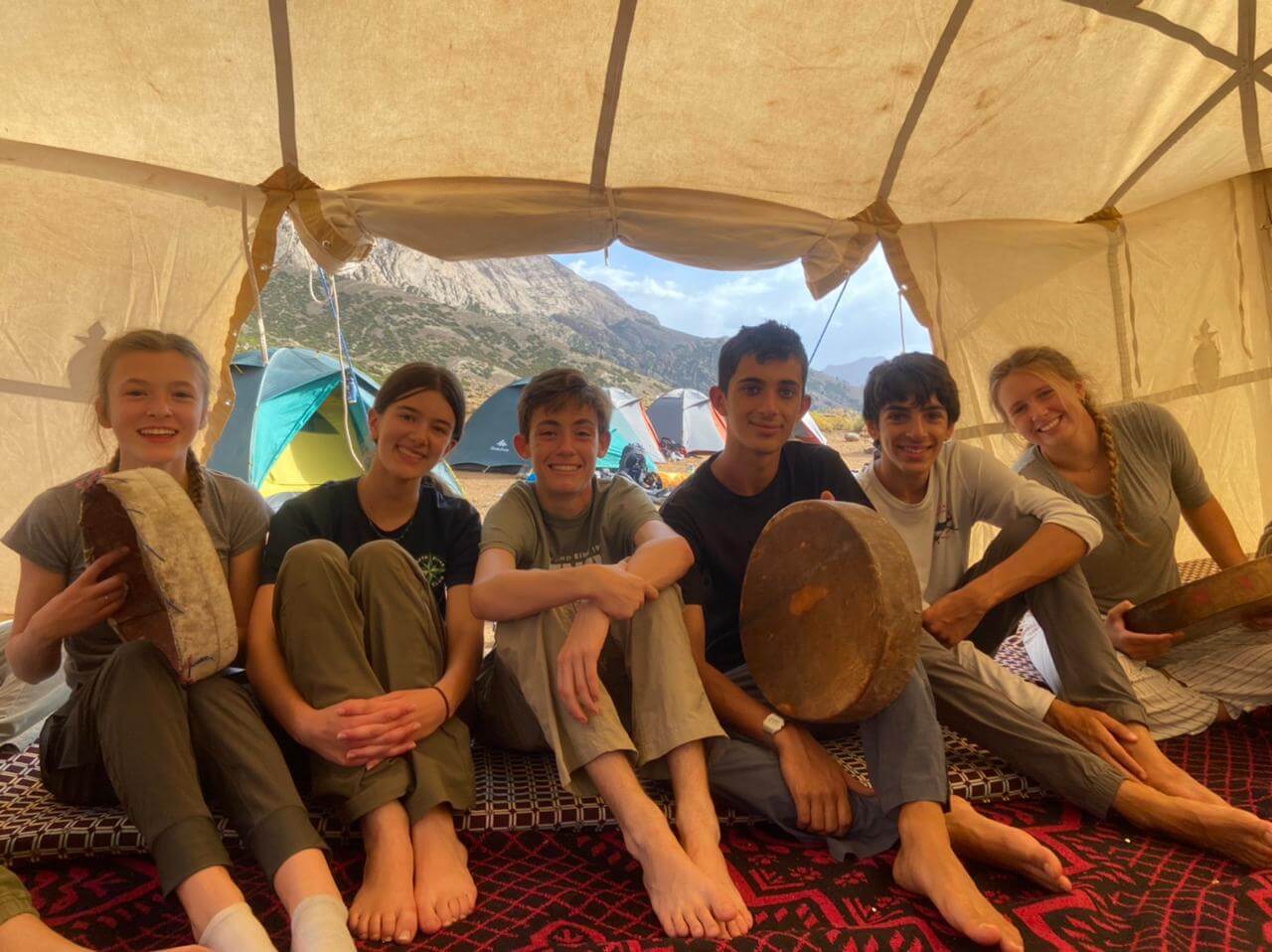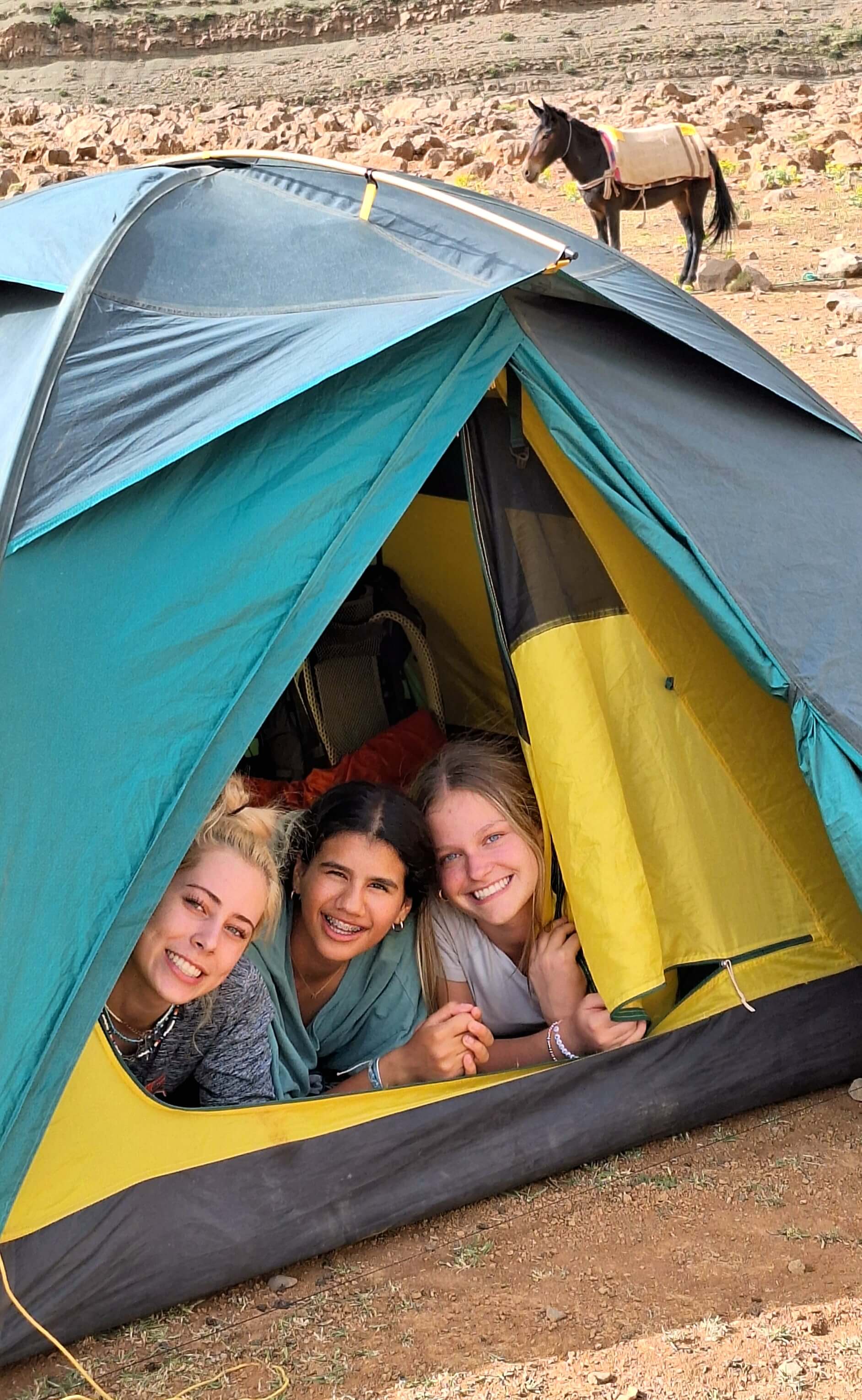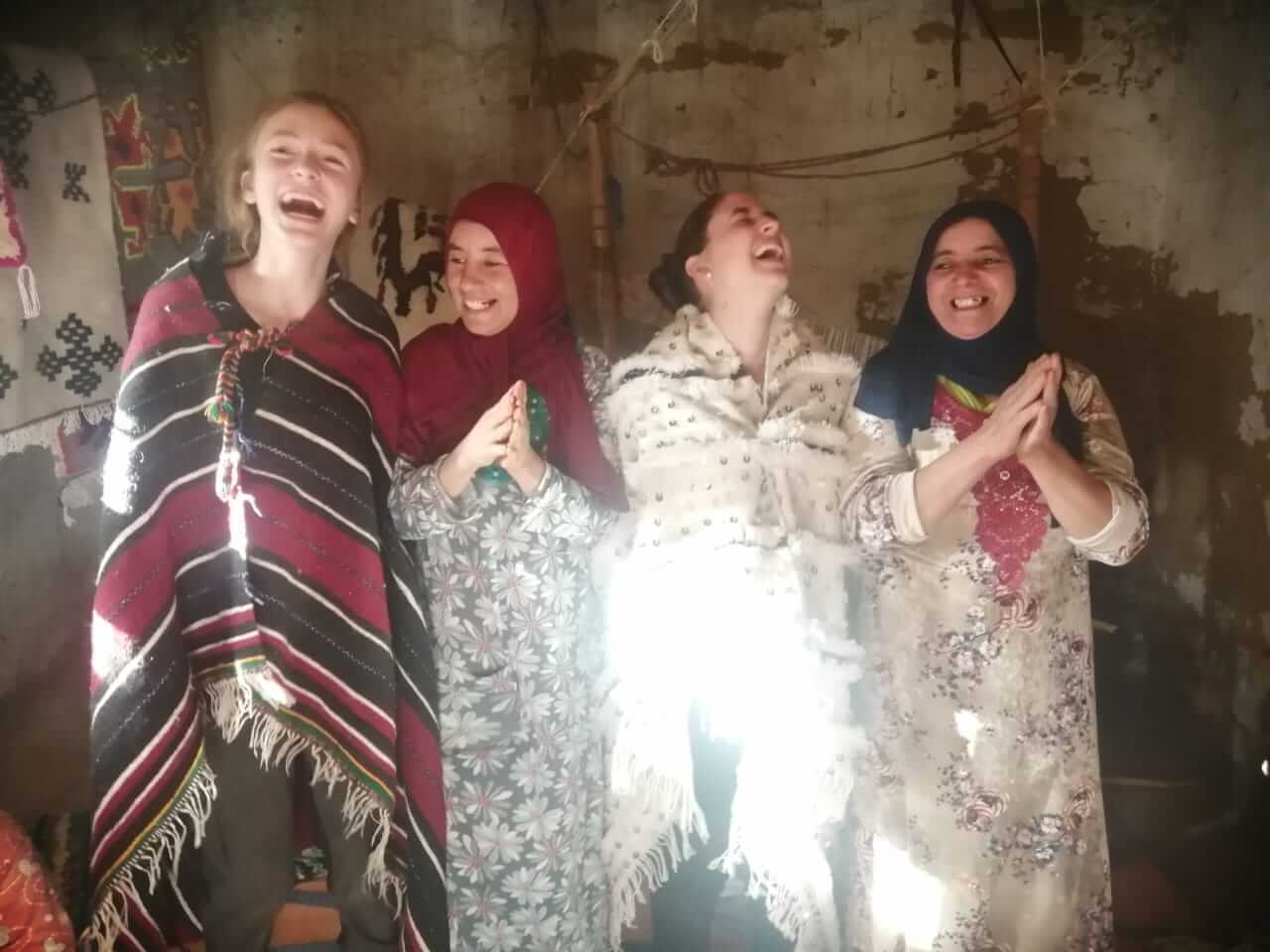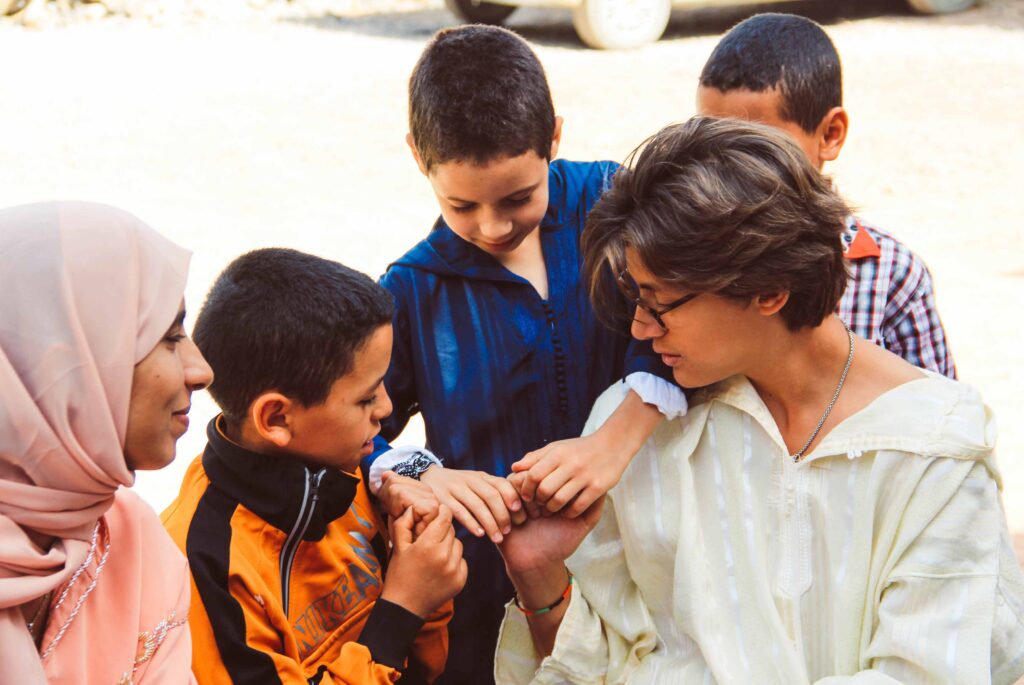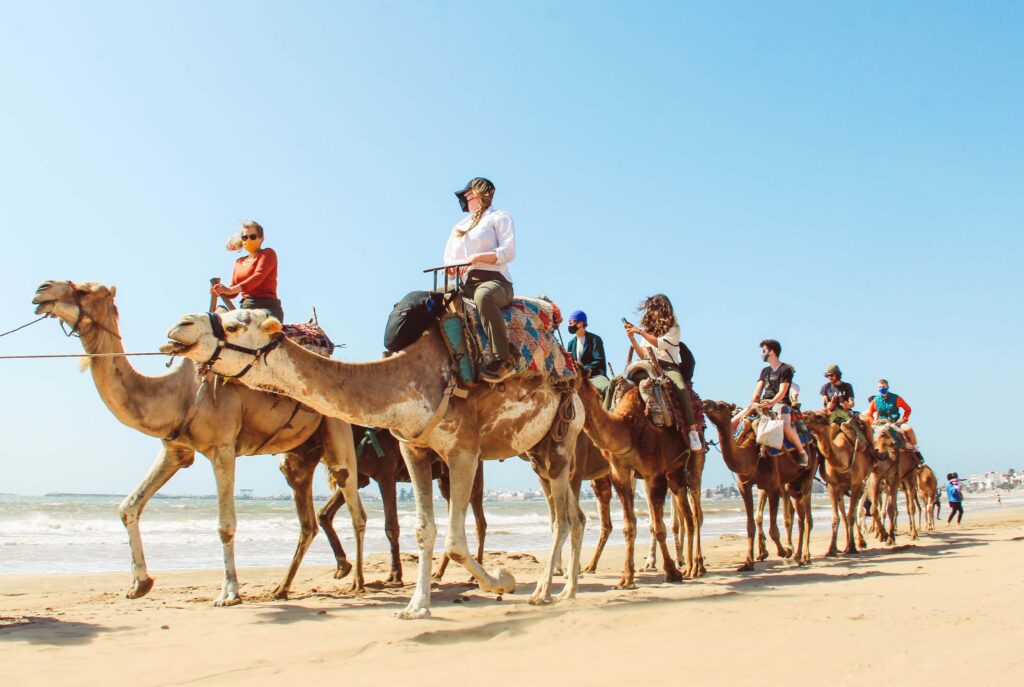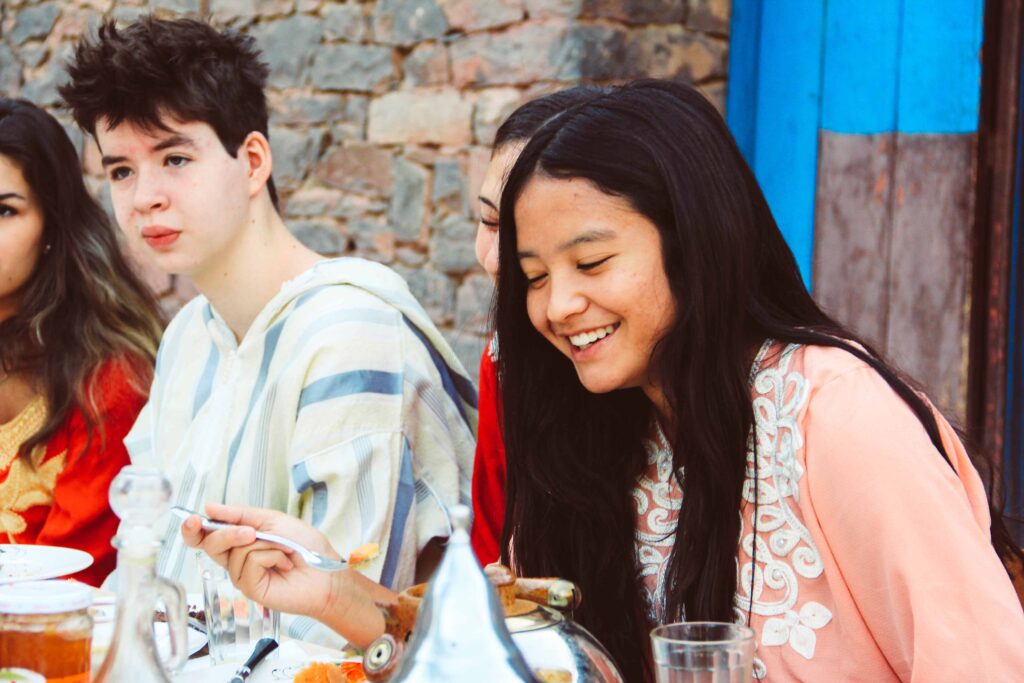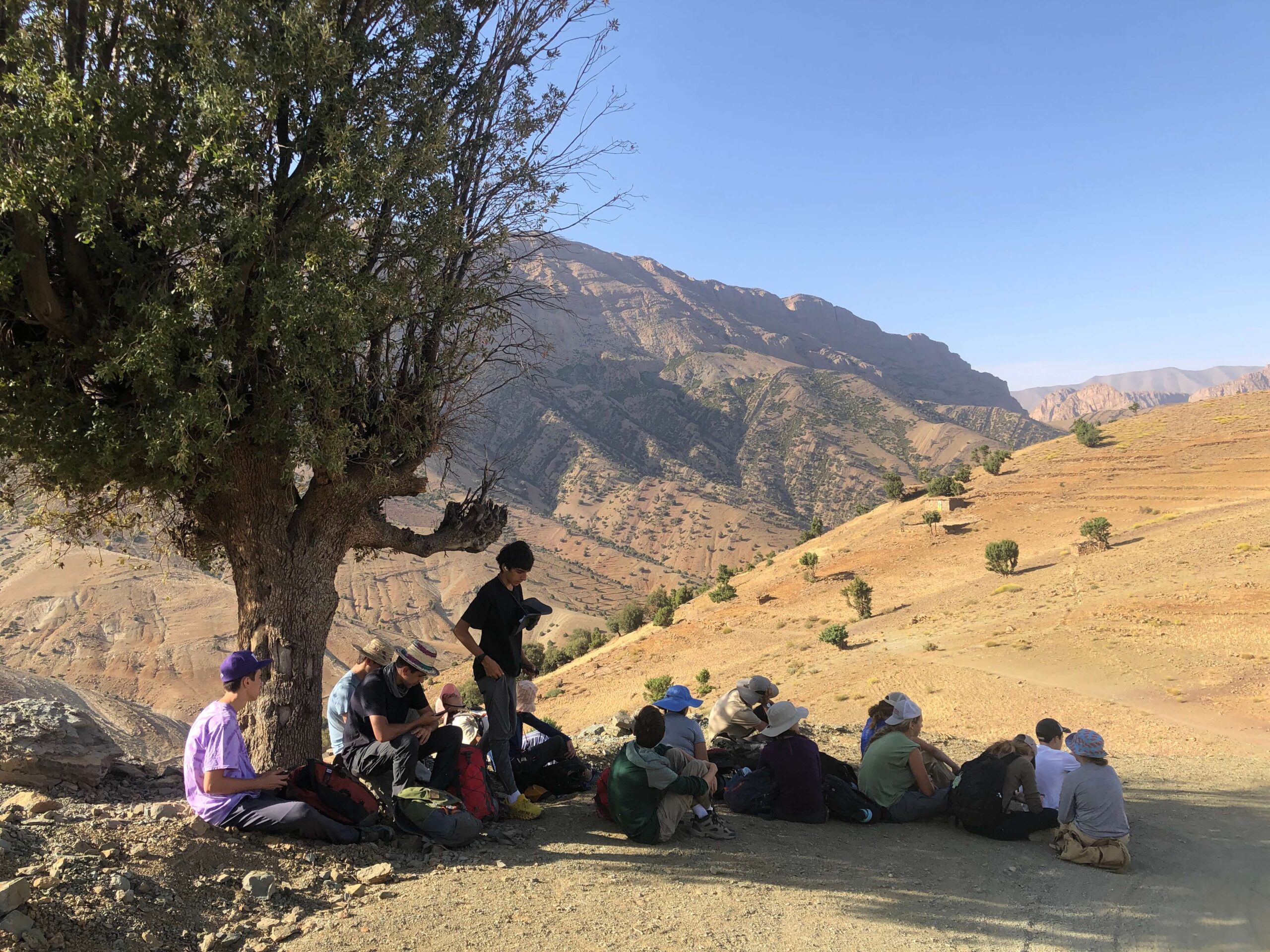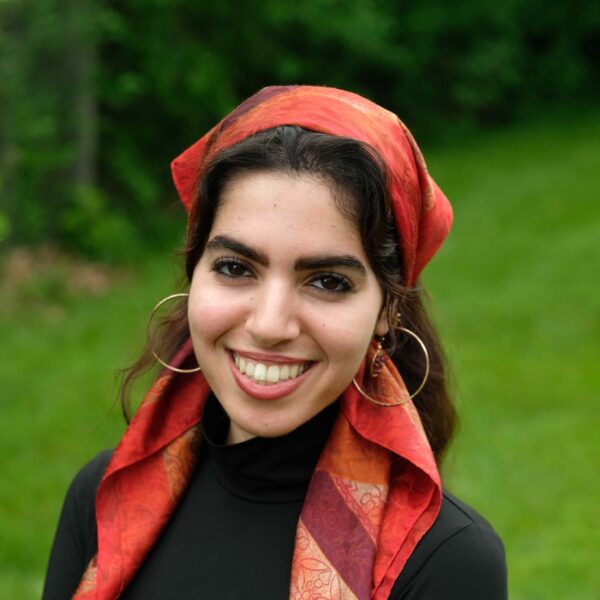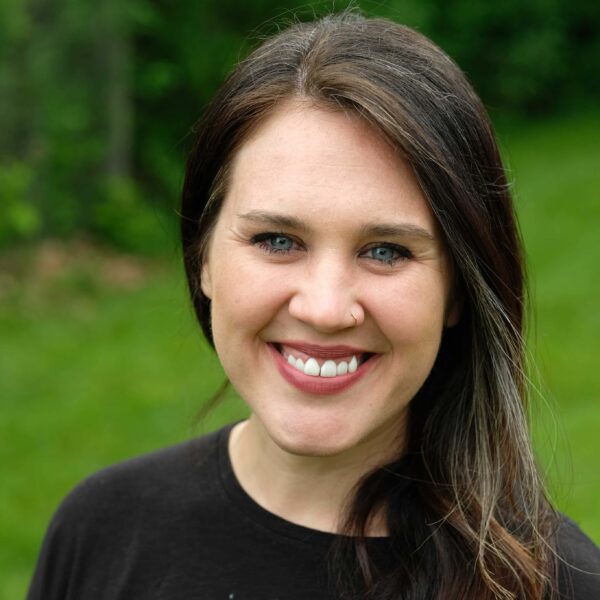Morocco
Ancient Cities, Mountain Treks, & High Atlas Culture
Travel this summer to Morocco, an eclectic country of cosmopolitan cities and ancient medinas, spanning from the Atlantic coast to the Atlas Mountains. Explore Marrakesh, then head into the mountains to complete service projects in an indigenous Amazigh (Berber) community. Learn about local effects of climate change and how Morocco is leading Africa in efforts to combat it, then cap your program in the beachtown of Essaouira.
- Highlights
• Explore the lively and vibrant night market in Marrakesh
• Meet with a women’s cooperative and learn about saffron production
• Learn to surf in the Atlantic beach town of Essaouira
Itinerary
This itinerary represents our best projection of the group’s schedule. However, we may implement changes designed to improve the quality of the program.
Meet your fellow high school student travelers and one or more of your leaders in New York, fly to Casablanca, then continue your flight to Marrakesh. To learn more about how we organize travel, click here.
Spend three full days in the vibrant city of Marrakesh, getting to know your group and getting acquainted with Moroccan life. Visit the night market of Djemaa-El-Fna in Marrakesh’s central square, also known as the “greatest spectacle on earth,” to witness snake charmers, fortune-tellers, and street performers. Sample local flavors such as tagine, couscous, kebabs, freshly squeezed grapefruit juice, and sweet mint tea. Wander through alleyways filled with colorful carpets, ceramics, spices, and textiles. Lay the foundation for the rest of your program as you learn about Moroccan history and culture.
Hop on a bus and travel deep into the High Atlas Mountains. Stop for lunch atop the Ouzoud Waterfalls before arriving in your host community. Spend the first day settling into your new home, getting to know your hosts, and participating in an in-depth orientation to Amazigh (Berber) life. Service projects may include learning traditional building methods to help restore historic architecture with skilled craftsmen, planting a community garden, or teaching English to students in a summer tutoring program. During the day, work on service projects and immerse yourself in the community, and spend afternoons and evenings getting to know your new friends and the local languages. Meet with members of the women’s cooperative and the water association and discuss the impacts of growing tourism on the local community.
Participate in a multi-day trek to nearby villages. Under the leadership of local guides, hike through desert mountains and the grazing lands of the Ait Abdi and Ait Atta tribes, camping along the way in valleys inhabited by these two nomadic and semi-nomadic groups. Interact with communities throughout the surrounding valleys and gain a greater understanding of their way of life. Experience dramatic rock formations and landscapes as you explore the connection between people, culture, and environment. Consider the impacts of tourism on these remote communities and on the environment.
Travel to the Atlantic coast to the vibrant port city of Essaouira, a UNESCO World Heritage site. Surf a nearby crescent-shaped beach with experienced instructors. Explore the souks of this walled port city and its weekly markets. Visit a women’s cooperative to learn about argan oil production and the impact of climate change on small farmers.
Fly from Marrakesh to Casablanca, continue to New York with your group and a leader, then continue on to your final destination. To learn more about how we organize travel, click here.
Itinerary
This itinerary represents our best projection of the group’s schedule. However, we may implement changes designed to improve the quality of the program.
Meet your fellow high school student travelers and one or more of your leaders in New York, fly to Casablanca, then continue your flight to Marrakesh. To learn more about how we organize travel, click here.
Spend three full days in the vibrant city of Marrakesh, getting to know your group and getting acquainted with Moroccan life. Visit the night market of Djemaa-El-Fna in Marrakesh’s central square, also known as the “greatest spectacle on earth,” to witness snake charmers, fortune-tellers, and street performers. Sample local flavors such as tagine, couscous, kebabs, freshly squeezed grapefruit juice, and sweet mint tea. Wander through alleyways filled with colorful carpets, ceramics, spices, and textiles. Lay the foundation for the rest of your program as you learn about Moroccan history and culture.
Hop on a bus and travel deep into the High Atlas Mountains. Stop for lunch atop the Ouzoud Waterfalls before arriving in your host community. Spend the first day settling into your new home, getting to know your hosts, and participating in an in-depth orientation to Amazigh (Berber) life. Service projects may include learning traditional building methods to help restore historic architecture with skilled craftsmen, planting a community garden, or teaching English to students in a summer tutoring program. During the day, work on service projects and immerse yourself in the community, and spend afternoons and evenings getting to know your new friends and the local languages. Meet with members of the women’s cooperative and the water association and discuss the impacts of growing tourism on the local community.
Participate in a multi-day trek to nearby villages. Under the leadership of local guides, hike through desert mountains and the grazing lands of the Ait Abdi and Ait Atta tribes, camping along the way in valleys inhabited by these two nomadic and semi-nomadic groups. Interact with communities throughout the surrounding valleys and gain a greater understanding of their way of life. Experience dramatic rock formations and landscapes as you explore the connection between people, culture, and environment. Consider the impacts of tourism on these remote communities and on the environment.
Travel to the Atlantic coast to the vibrant port city of Essaouira, a UNESCO World Heritage site. Surf a nearby crescent-shaped beach with experienced instructors. Explore the souks of this walled port city and its weekly markets. Visit a women’s cooperative to learn about argan oil production and the impact of climate change on small farmers.
Fly from Marrakesh to Casablanca, continue to New York with your group and a leader, then continue on to your final destination. To learn more about how we organize travel, click here.
Leaders
Meet some of our featured leaders. Please note that these may not be your leaders for the program.
Leaders
Meet some of our featured leaders. Please note that these may not be your leaders for the program.
Many have called Morocco home, including the Romans, Phoenicians, Arabs, and the indigenous Amazighs (Berbers). An eclectic Muslim country whose cities combine cosmopolitan modernities with ancient palaces and medinas, Morocco seamlessly blends European and Arab culture. Located in the extreme northwest of Africa, just ten miles across the Strait of Gibraltar from mainland Europe, its geographic diversity spans from the Atlantic coast to the Atlas Mountains and the vast Sahara desert.
The official languages of Morocco are Moroccan Arabic and Tamazight. The Moroccan dialect of Arabic that locals use is called darija. Morocco is a former French protectorate and French is known as the unofficial second language of Morocco and is widely spoken. There are Spanish cities located in northern Morocco, and many people in the north speak Spanish due to the former Spanish colonization in the region. Tamazight is the main language spoken in our Amazigh (Berber) village, along with Moroccan Arabic (darija), Classical Arabic, and French.
We spend most of our time in Morocco in the high desert region at 6,000 feet of elevation. In the summer, the weather is generally hot and dry with daytime temperatures ranging between 70–90°F (21–32°C). The evening and nighttime bring cooler temperatures between 40–60°F (4–15°C).
Moroccan dishes are a vegetarian-friendly blend of Arabic and French cuisine. They consist largely of traditional tagine (a vegetable or meat stew), couscous, and freshly baked flat bread. Meats including lamb, beef, and chicken are optional at meals, and seafood is most popular in the coastal cities. Mint tea is a common treat.
Many have called Morocco home, including the Romans, Phoenicians, Arabs, and the indigenous Amazighs (Berbers). An eclectic Muslim country whose cities combine cosmopolitan modernities with ancient palaces and medinas, Morocco seamlessly blends European and Arab culture. Located in the extreme northwest of Africa, just ten miles across the Strait of Gibraltar from mainland Europe, its geographic diversity spans from the Atlantic coast to the Atlas Mountains and the vast Sahara desert.
The official languages of Morocco are Moroccan Arabic and Tamazight. The Moroccan dialect of Arabic that locals use is called darija. Morocco is a former French protectorate and French is known as the unofficial second language of Morocco and is widely spoken. There are Spanish cities located in northern Morocco, and many people in the north speak Spanish due to the former Spanish colonization in the region. Tamazight is the main language spoken in our Amazigh (Berber) village, along with Moroccan Arabic (darija), Classical Arabic, and French.
We spend most of our time in Morocco in the high desert region at 6,000 feet of elevation. In the summer, the weather is generally hot and dry with daytime temperatures ranging between 70–90°F (21–32°C). The evening and nighttime bring cooler temperatures between 40–60°F (4–15°C).
Moroccan dishes are a vegetarian-friendly blend of Arabic and French cuisine. They consist largely of traditional tagine (a vegetable or meat stew), couscous, and freshly baked flat bread. Meats including lamb, beef, and chicken are optional at meals, and seafood is most popular in the coastal cities. Mint tea is a common treat.
What to Expect
Review specific program expectations here. For more general information:
During your time in Morocco, you can expect to work on several different volunteer projects—light construction projects where you may learn traditional building techniques, environmental projects such as planting seedlings or shadowing local farmers, and educational projects such as teaching English to local children. The focus of this program is learning about another culture by forming meaningful relationships with local people and undertaking a shared service experience together. You should come to the summer with an open-mind, eager to participate in new experiences and interested in exploring another culture and way of life. Everyone participates in all of the group’s projects on a rotating basis, and lends a hand in meal preparation and cleanup. To learn more about our Service programs click here.
Pursue an independent project and explore an aspect of local culture of particular interest to you—research the effectiveness of the nationwide plastic bag ban in Morocco, create a photo essay using interviews with local women from the women’s cooperative, or shadow the head of the water association and learn about clean water access in the community.
To encourage full engagement and immersion in the Putney travel experience, we limit the use of cell phones and other devices on our High School programs. Students are allowed to use their phones in transit to the program, and keep their devices throughout. During in-country orientation, leaders will lock phones with a code, unlocking them for the second half of the program. During the tech-free portion of the program, students have the opportunity for a weekly call home according to a pre-arranged schedule. For more details, please see our FAQ.
This is a physically active summer travel program. In addition to service projects, you can expect to participate in hiking, surfing, camping, and walking. You do not need to be at peak fitness to participate, but it is important that you have a desire to be physically active, and that you are excited about trying all activities.
In our host community in Morocco, the group lives in a simple guesthouse run by a local family. In Marrakesh and Essaouira, we stay in family-run riads. During the trek, the group camps in two- or three-person tents.
In the host community we eat delicious home-cooked meals prepared by local cooks. Each day several students from the group form cooking crews and help prepare our meals. During excursions, the group eats in restaurants and occasionally goes to local markets to shop for a picnic lunch.
What to Expect
Review specific program expectations here. For more general information:
During your time in Morocco, you can expect to work on several different volunteer projects—light construction projects where you may learn traditional building techniques, environmental projects such as planting seedlings or shadowing local farmers, and educational projects such as teaching English to local children. The focus of this program is learning about another culture by forming meaningful relationships with local people and undertaking a shared service experience together. You should come to the summer with an open-mind, eager to participate in new experiences and interested in exploring another culture and way of life. Everyone participates in all of the group’s projects on a rotating basis, and lends a hand in meal preparation and cleanup. To learn more about our Service programs click here.
Pursue an independent project and explore an aspect of local culture of particular interest to you—research the effectiveness of the nationwide plastic bag ban in Morocco, create a photo essay using interviews with local women from the women’s cooperative, or shadow the head of the water association and learn about clean water access in the community.
To encourage full engagement and immersion in the Putney travel experience, we limit the use of cell phones and other devices on our High School programs. Students are allowed to use their phones in transit to the program, and keep their devices throughout. During in-country orientation, leaders will lock phones with a code, unlocking them for the second half of the program. During the tech-free portion of the program, students have the opportunity for a weekly call home according to a pre-arranged schedule. For more details, please see our FAQ.
This is a physically active summer travel program. In addition to service projects, you can expect to participate in hiking, surfing, camping, and walking. You do not need to be at peak fitness to participate, but it is important that you have a desire to be physically active, and that you are excited about trying all activities.
In our host community in Morocco, the group lives in a simple guesthouse run by a local family. In Marrakesh and Essaouira, we stay in family-run riads. During the trek, the group camps in two- or three-person tents.
In the host community we eat delicious home-cooked meals prepared by local cooks. Each day several students from the group form cooking crews and help prepare our meals. During excursions, the group eats in restaurants and occasionally goes to local markets to shop for a picnic lunch.
A Day in the Life: Host Community
- Morning
- Afternoon
- Evening
A Day in the Life:
Host Community
- Morning
- Afternoon
- Evening
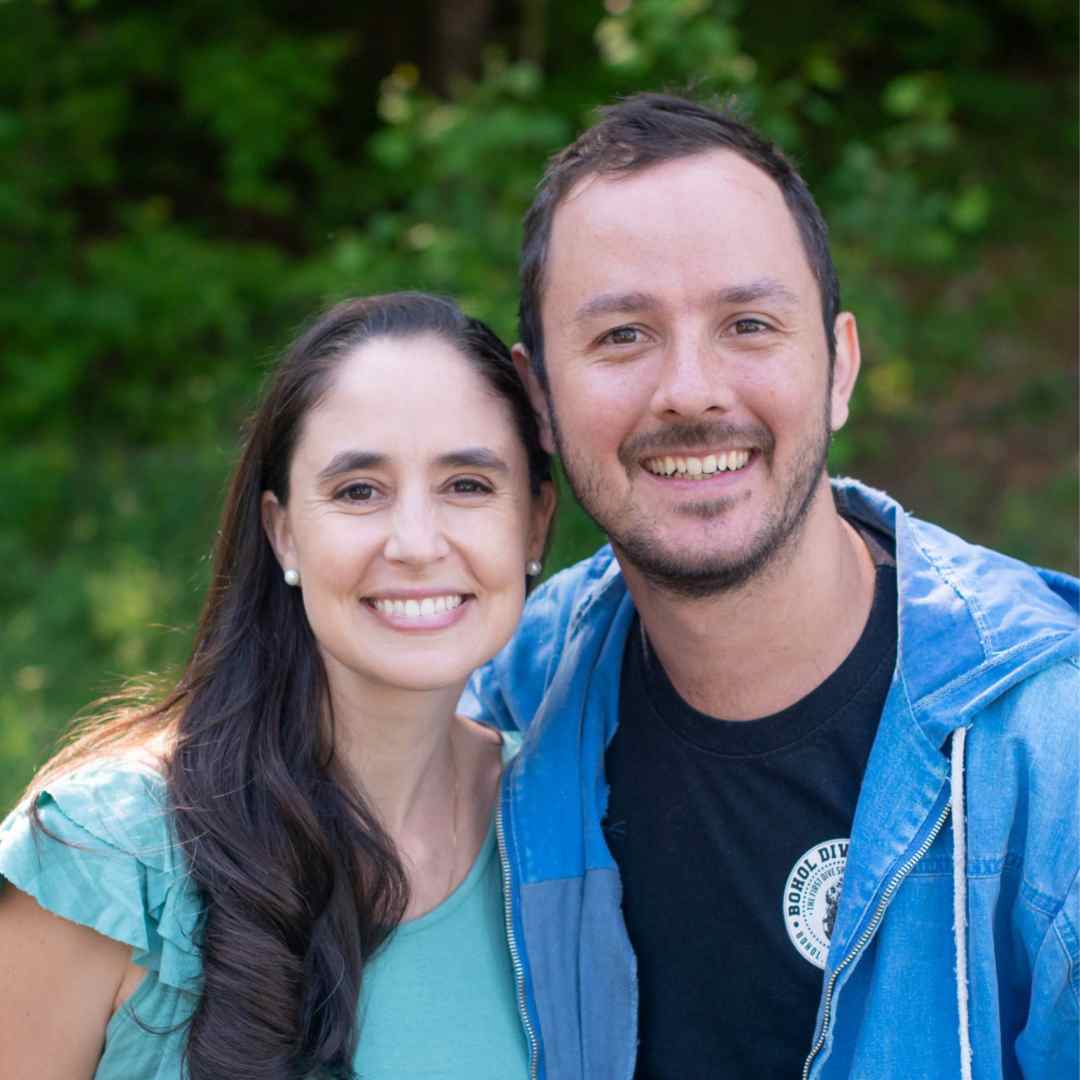
Program Directed by
If you have questions or would like to talk further about this program, please get in touch!

